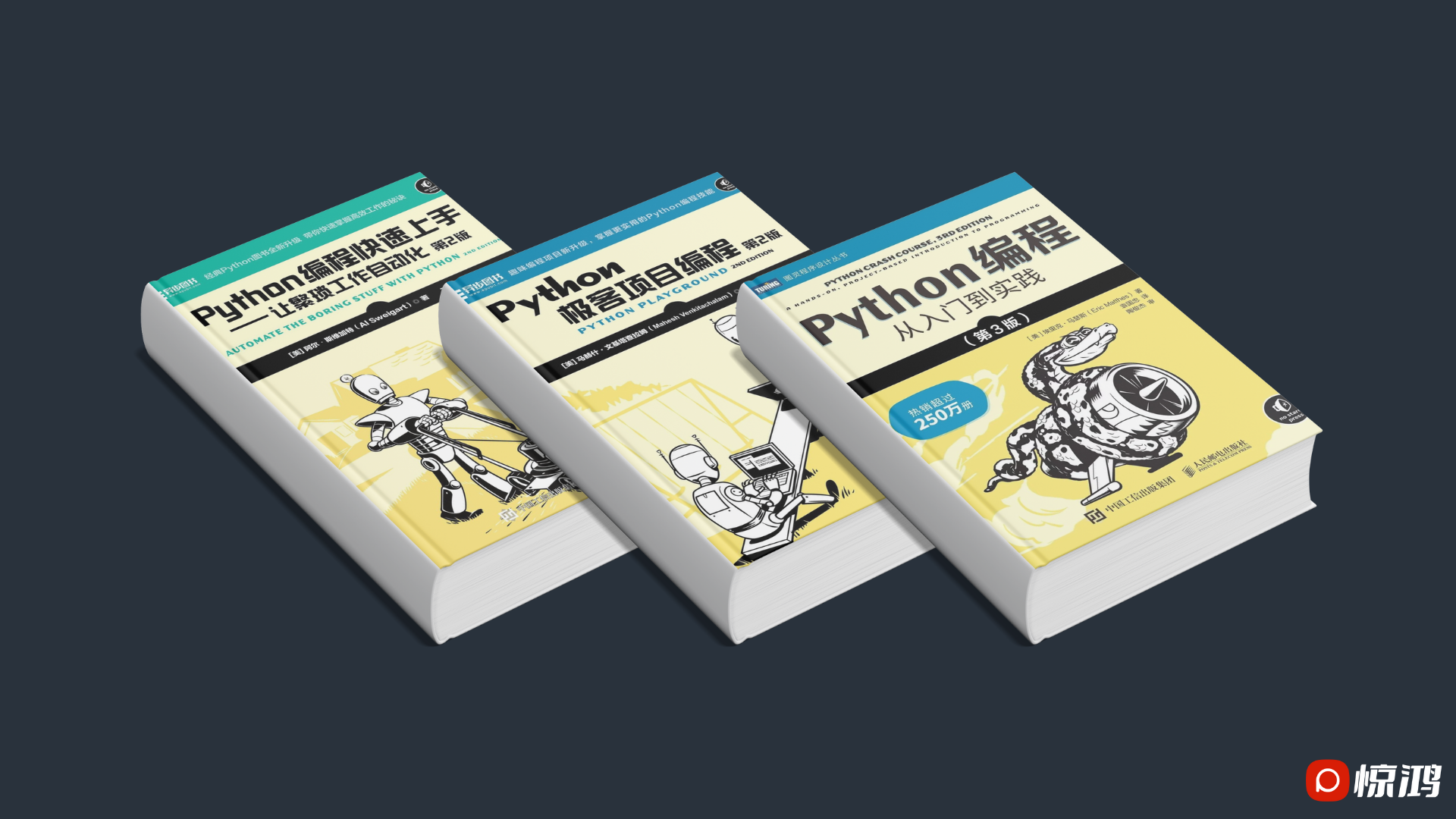一、管理的概念与内涵
(一)管理的概念(★★★)
管理就是为了有效地实现组织目标(目的),由管理者(主体)利用相关知识、技术和方法对组织活动(客体)进行决策、组织、领导、控制并不断创新的过程。
【补充拓展】管理者三技能:技术、人际、概念
(二)管理的基本特征
- 管理的目的:是有效地实现组织预定的目标。
- 管理的主体:是具有专门知识、利用专门技术和方法来进行专门活动的管理者。
- 管理的客体:是组织活动(人、财、物)及其参与要素。
- 管理是一个包括多阶段、多项工作的综合过程。
管理是一项简单的工作。(×)
(三)管理工作的内容【写作】
- 决策(首要职能)
为实现一定的目标,在多个备选方案中选择一个方案的分析判断过程。
- 组织(根本职能)
为实现既定目标,设计合适的组织结构,进行分工协作,合理配置各种资源的过程。
- 领导(核心职能)
利用组织赋予的权力和自身的能力去指挥和影响下属为实现组织目标而努力工作的管理活动过程。
- 控制(反馈职能)
对组织内部的管理活动及其效果进行衡量和矫正,以确保组织的目标以及为此而拟订的计划得以实现的过程。
- 创新
运用组织成员体力或脑力创造新的物质或精神产品的过程。
(四)管理的本质(5)
- 管理是对人或对人的行为的管理。(最宝贵)
- 管理的本质是对人的行为进行协调。
- 管理的自然属性(生产力、客观存在)和社会属性(生产关系、社会制度)。(二重性)
- 管理的科学性和艺术性。
二、管理的基本原理、方法和工具
(一)管理的基本原理(5)【写作】
- 人本原理(首要原理)
要求对组织活动的管理既是“依靠人的管理”,也是“为了人的管理”。
- 系统原理
要求运用系统的观点、理论和方法对管理活动进行系统全面的分析,以达到管理的优化目标。
(1)整体性(2)有序性
- 效益原理
要求既要“用正确的方法做事”又要“做正确的事”。
- 适度原理
要求在相对立的选择中要把握好度的问题。
- 责任原理
挖掘人的潜能,就必须在合理分工的基础上明确规定这些部门和个人必须完成的工作任务和必须承担的相应责任。
- 明确责任(2)权责对等
【口绝】人本关怀系全局,效益适度责为基。
(二)管理的基本方法(3)
- 理性分析
运用严格的定量分析方法,以严密的逻辑思维为基础的方法。(普遍)
- 直觉判断
以直觉为基础的判断。
(三)管理的基本工具
- 与权力有关的工具
管理者运用权力直接规范被管理者在组织中必须表现的行为,并对其进行追踪和控制。
- 与组织文化有关的工具
管理者借助组织文化引导组织成员在参与组织活动过程中不同时空的行为选择。
三、管理思想的产生与发展
(一)中国古代管理思想
- 顺道无为
认为只有辨道顺道,才能“无为而治”。无为不是消极放任,而是让客观规律自行发挥作用。
- 重人求和
中国传统文化中儒家思想一直是居于主导地位的,儒家思想一贯强调人是管理的核心,以人为核心的管理,要求重视人的需要,讲求用人之道,实现人的和谐。
- 预谋慎战
“兵马未动,粮草先行”,强调任何活动的组织展开都要事先谋划,尤其军事活动更是如此,因为军事活动往往关系到一个国家的生死存亡。
- 依法治理
依法治理,需要依循“明法”“一法”以及“常法”的原则。
(二)西方工厂制度早期的管理思想(3)
- 罗伯特欧文
英国著名的空想社会主义者,开创了在企业中重视人的地位和作用的先河,被称为“人事管理之父”。
- 亚当斯密
“经济人”的提出者,其对管理理论发展的一个贡献是他的劳动分工观点。
- 查尔斯巴贝奇
继续了亚当·斯密关于劳动分工的研究。
四、管理理论的历史演变
(一)古典管理理论
- 科学管理研究
|
提出者 |
泰勒 |
|
称号 |
“科学管理之父” |
|
著作 |
《科学管理原理》 |
|
主要观点 |
1. 工作标准化 2. 根据工作的要求挑选和培训工人 3. 改进分配方法,实行差别计件工资制 4. 在企业中设置计划部门,把计划职能和执行职能分开 5. 实行职能工长制 6. 进行例外管理 |
- 一般管理研究
|
提出者 |
法约尔 |
|
称号 |
“经营管理理论之父”、“管理过程学派创始人”、“一般管理理论之父” |
|
著作 |
《工业管理与一般管理》 |
|
主要观点 |
企业的六大活动:技术活动、商业活动、财务活动、安全活动、会计活动、管理活动核心 |
|
管理的要素五职能:计划、组织、指挥、协调和控制 |
|
|
十四项管理原则:劳动分工、权力与责任、纪律、统一指挥一个下级只能接受一个上级的命令、统一领导、个人利益服从整体利益、员工的报酬、集中、等级制度等级制度与跳板原则(法约尔桥)、秩序公平、人员稳定、首创精神、人员的团结 |
- 科层组织研究
|
提出者 |
马克思·韦伯 |
|
称号 |
组织理论之父 |
|
主要观点 |
理想的行政组织体系:存在明确的分工,经过正式考试或教育培训而获得的技术资格选拔员工,非人格化 |
|
权力的类型:传统型权力、个人魅力型权力、法理型权力 |
(二)行为管理理论
- 人际关系理论
|
提出者 |
梅奥 |
|
称号 |
“人际关系理论之父” |
|
实验 |
霍桑实验(照明实验、福利实验、访谈实验、群体实验) |
|
主要观点 人际关系理论 |
1. 社会人假设:人具有社会性的需求,人际关系和组织的归属感比经济报酬更能激励人的行为 2. 员工之间存在着非正式组织 3. 霍桑效应:当人们在意识到自己正在被关注时,会刻意去改变一些行为或言语表达 4. 新型领导能力在于提高职工的满意度 |
- X—Y 理论
|
提出者 |
道格拉斯·麦格雷戈 |
|
主要观点
|
(1)X 理论:人天生都是懒惰的,他们都尽可能地避免工作 (2)Y 理论:人们天生都是勤奋的,它们能够积极主动地工作,并且能够自我指导和控制 |





暂无评论内容